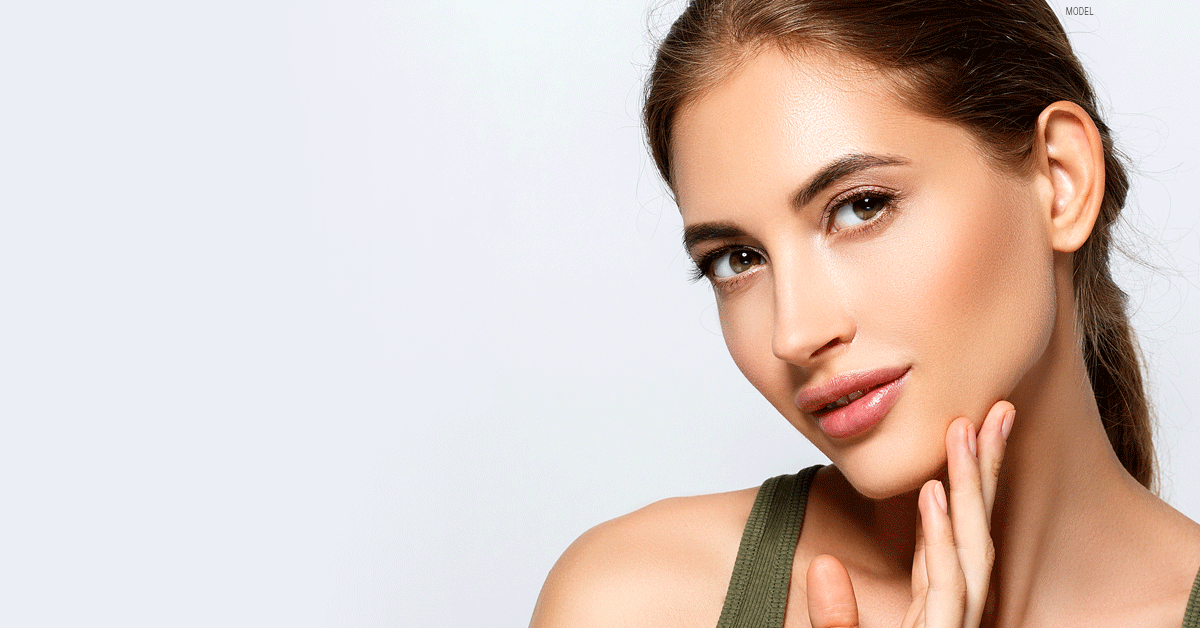Closed rhinoplasty, also known as endonasal rhinoplasty, is a surgical procedure designed to reshape the nose while minimizing visible scarring. This technique has gained popularity due to its ability to produce aesthetically pleasing results with a more discreet approach compared to open rhinoplasty. This comprehensive overview delves into the intricacies of Closed Rhinoplasty In Dubai, including its procedure, benefits, recovery process, and key considerations.
Understanding Closed Rhinoplasty
Definition and Technique
Closed rhinoplasty involves making all incisions within the nostrils, ensuring that no external scars are visible. By accessing the nasal structures through these internal incisions, surgeons can reshape the nose by altering the bone and cartilage, refining the nasal tip, and making adjustments to the overall size and shape. The closed approach is particularly beneficial for patients seeking subtle changes and a shorter recovery time.
Ideal Candidates
Ideal candidates for closed rhinoplasty include individuals seeking to improve the aesthetic appearance of their nose without the need for extensive alterations. Common concerns addressed by this procedure include:
- Dorsal hump removal
- Bulbous nasal tips
- Nasal asymmetry
- Overall proportion issues
Candidates should be in good physical health, have realistic expectations, and understand the procedure's limitations and potential outcomes.

Benefits of Closed Rhinoplasty
1. Minimal Scarring
One of the most significant advantages of closed rhinoplasty is the absence of visible scars. Since all incisions are made inside the nostrils, patients can achieve their desired aesthetic without external marks, providing a more discreet surgical option.
2. Shorter Recovery Time
Patients undergoing closed rhinoplasty typically experience less swelling and bruising compared to those who have open rhinoplasty. This reduced trauma leads to a faster recovery period, allowing individuals to return to their daily activities sooner.
3. Preservation of Nasal Structure
The closed technique allows surgeons to preserve the natural structure of the nose more effectively. This preservation often results in a more natural appearance and maintains the nasal function, which can be crucial for breathing.
4. Enhanced Privacy
The lack of external incisions provides patients with a sense of privacy during the recovery process. Many individuals prefer to avoid the visibility associated with open rhinoplasty, where external scars are more apparent.
The Closed Rhinoplasty Procedure
1. Initial Consultation
The journey to closed rhinoplasty begins with a thorough consultation with a qualified plastic surgeon specializing in rhinoplasty. During this meeting, the surgeon will assess the patient's nasal anatomy, discuss their goals, and determine if closed rhinoplasty is the most appropriate option. Open communication about concerns and expectations is vital to achieving satisfactory results.
2. Anesthesia
On the day of the procedure, patients will receive anesthesia to ensure comfort during the surgery. Closed rhinoplasty can be performed under general anesthesia or local anesthesia with sedation, depending on the complexity of the procedure and the patient’s preferences.
3. Incision and Reshaping
Once the anesthesia takes effect, the surgeon will create incisions inside the nostrils to access the nasal structures. Through these incisions, the surgeon can reshape the cartilage and bone, refine the nasal tip, and address other aesthetic concerns. Techniques may involve removing or adding tissue, repositioning cartilage, or modifying the nasal framework.
4. Closing the Incisions
After the desired changes are made, the surgeon will meticulously close the incisions with sutures. These sutures are typically dissolvable, eliminating the need for removal in the follow-up process.
5. Recovery and Follow-Up
Patients will be monitored in a recovery area before being discharged. Follow-up appointments will be scheduled to ensure proper healing and assess the results of the surgery.
Recovery After Closed Rhinoplasty
1. Immediate Postoperative Care
Postoperative care is crucial for a smooth recovery. Patients can expect some swelling, bruising, and discomfort following the procedure. Pain management through prescribed medications will be provided, and following the surgeon's postoperative instructions is essential for optimal healing.
2. Managing Swelling and Bruising
Swelling is a common part of the healing process. Patients can apply cold compresses to the nose and surrounding areas to alleviate swelling. Keeping the head elevated while resting can also help reduce swelling.
3. Activity Restrictions
Patients are typically advised to avoid vigorous physical activities for several weeks post-surgery. This includes heavy lifting, strenuous exercise, and activities that may risk trauma to the nose.
4. Long-Term Healing
Significant improvements in appearance can be noticed within weeks, but the final results of closed rhinoplasty may take several months to fully materialize as the swelling subsides and the nasal tissues settle into their new shape. Regular follow-up appointments will help track healing progress and assess results.
What to Expect: Results and Considerations
1. Aesthetic Outcomes
Patients often express high satisfaction with their closed rhinoplasty results. The procedure can enhance the harmony of facial features, resulting in a more balanced appearance.
2. Long-Lasting Results
Results from closed rhinoplasty are generally permanent, provided that patients maintain a stable weight and avoid trauma to the nose. The foundational changes made during surgery will remain intact, although the aging process may still affect the nose over time.
3. Potential Risks and Complications
As with any surgical procedure, closed rhinoplasty carries inherent risks, including infection, bleeding, scarring, and dissatisfaction with aesthetic results. However, choosing a qualified and experienced surgeon can help mitigate these risks.
4. Realistic Expectations
Patients should maintain realistic expectations regarding their closed rhinoplasty results. While significant improvements can be achieved, the extent of change will depend on individual anatomy and the surgical technique employed.
Conclusion
Closed rhinoplasty offers an effective solution for individuals looking to enhance their nasal appearance with minimal scarring and a shorter recovery period. This technique provides numerous benefits, including preservation of the nasal structure and enhanced privacy during recovery. With a focus on achieving natural-looking results, closed rhinoplasty can significantly improve one’s facial harmony and boost self-esteem.





Comments